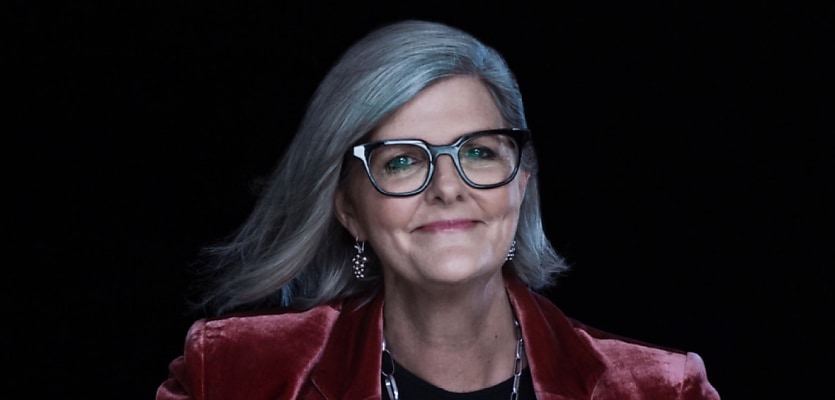Gender equality for most senior leadership roles in corporate Australia is still a staggering 100 years away if the status quo at the executive level does not change, a new report shows.
The latest Chief Executive Women (CEW) census revealed that the nation’s biggest companies are actually going backwards in terms of female chief executive appointments, an alarming finding that the organisation said should be a “wake-up call” to the nation.
Census data showed that more ASX300 companies have no women in their executive leadership teams compared to this time last year. In 2022, about 16 per cent of firms have no women in their leadership teams at all, up from 15 per cent last year.
There are 18 women who hold chief executive positions on the ASX300 — no improvement compared to last year.
Meanwhile, almost two-thirds of the analysed companies have no women in so-called line management roles, which are viewed as the stepping stone to chief executive positions, and include roles such as chief financial officer, managing director, chief operating officer and group executives.
The report further revealed that women hold just over one out of 10 positions with profit and loss responsibilities, which are considered traditional pathways to chief executive positions.
The proportion of line roles held by women in the ASX200 started at a low base of 12 per cent in 2017 and has increased just 3 percentage points in six years, indicating that progress at the executive level is moving at a glacial pace.
Australian firms had also “stalled” in their promotion of female workers, the report found, with fewer females in gender-balanced leadership teams than in 2021 — falling to 50 from 58 over the year.
Concerningly, out of the 28 chief executive appointments at ASX300 companies in the past year, only four were women.
At the current rate of progress, the report estimated it would take 100 years — until 2122 — to achieve a gender balance of at least 40 per cent women in CEO positions on the ASX300.
In line management roles, the report calculated it would take 36 years — or until 2058 — before a 40:40:20 gender balance ratio is achieved.
CEW president Sam Mostyn said the census findings highlighted that more was needed from business and government than “incremental change”.
“[It] is staggering to see the stalling, or reversal, of women’s representation on leadership teams in many companies,” she noted.
“We must act now, or we know it will take 100 years to reach parity in CEO positions.”
Ms Mostyn stressed that in the current economic environment, it’s vital we enable women’s participation and leadership in business.
“We are calling for businesses to take purposeful, immediate action and for investors to demand gender balanced leadership teams at the companies they invest in,” she stated.
The report noted better gender parity results among bigger firms, which Ms Mostyn credited to them being more likely to have set gender balance targets.
“Our census shows that our best-performing companies are more likely to have set and achieved gender balance than companies lower in the ASX300. This reiterates what we already know — businesses achieve better results when there is gender balance. This is not just about equality — this is about smart economics and future productivity,” said Ms Mostyn.
The report called for a range of actions from both investors and government, including adopting a “gender lens” for both policy development and for investment processes.
Ms Mostyn stated that there must be purposeful targets set and accountability measures are key to fast-track gender equality among corporate top brass.
For businesses, the report recommended adopting operational practices such as monitoring gender balance targets, reducing gender bias in recruitment and promotion processes, and investing in the pipeline of female leaders.
The report recommended the government give priority to organisations with gender-balanced leadership for government procurement and bolstering corporate reporting requirements on gender pay gap data.
It also advocated for investment in the care economy and jobs in the care industry, as well as the delivery of universal early childhood education and care.
Ms Mostyn stated that this year, “Australia has a choice”.
“We can continue to hope for the incremental progress of women into leadership; or we can be bold, set purposeful targets, be accountable and harness one of our greatest opportunities for success,” she concluded.









You are not authorised to post comments.
Comments will undergo moderation before they get published.